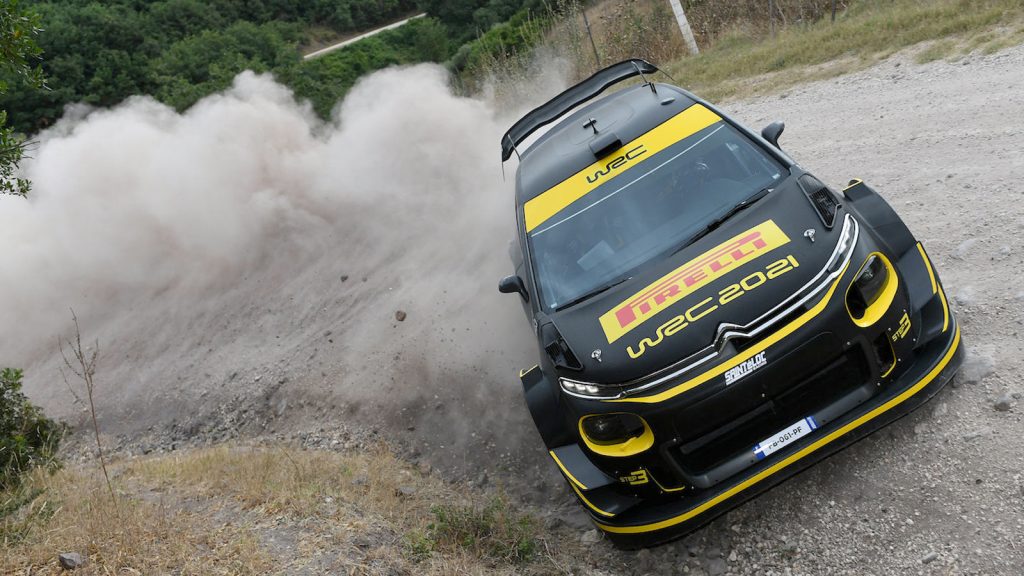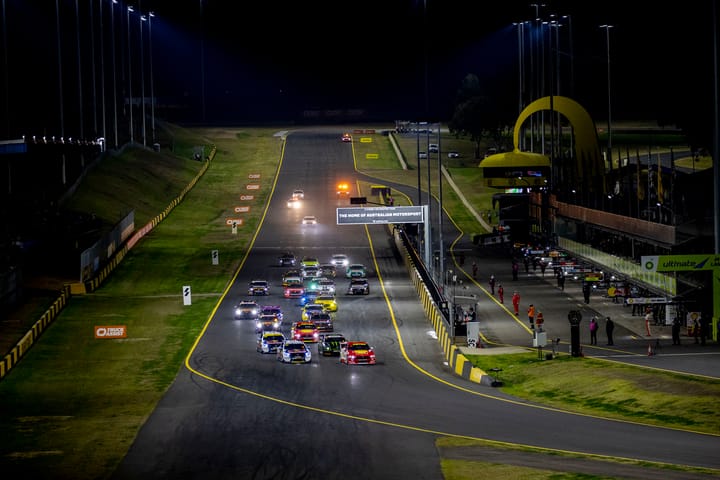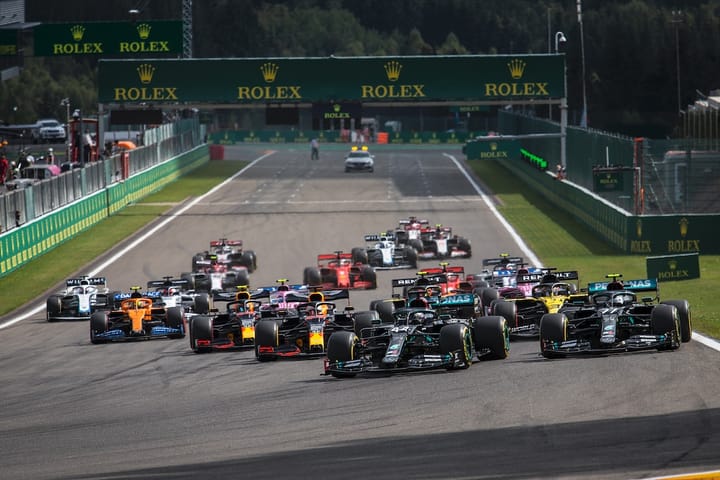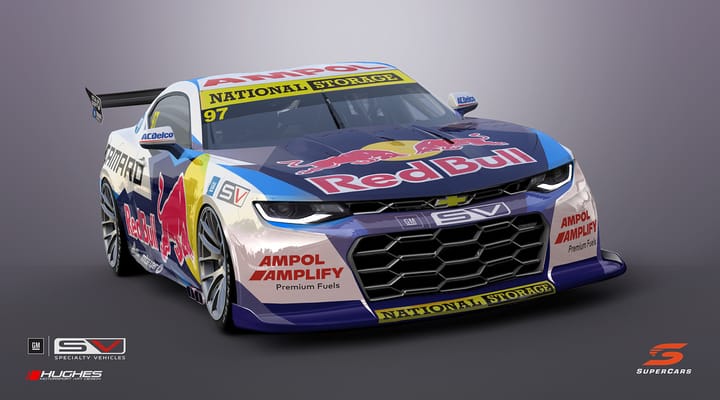New Italian Boots For WRC
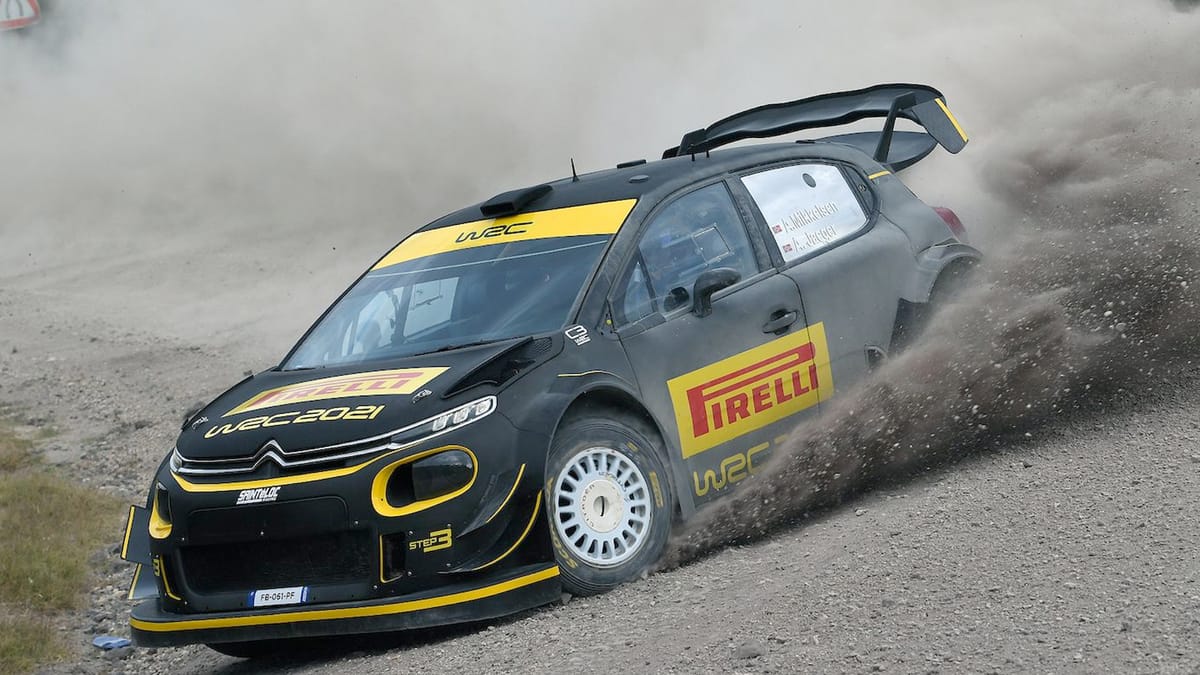
The World Rally Championship is still in lockdown but that has not stopped some frantic forest action.
Former Hyundai and Volkswagen factory driver Andreas Mikkelsen has been flat-out in testing with a new generation of Pirelli tyres ahead of a rubber reversal in 2021.
Pirelli will take over as the sole supplier of WRC tyres from Michelin, which has held the contract since 2011 after Pirelli did the job from 2008 to 2010. The new deal covers the 2021 to 2024 seasons.
Tyre supply has become a key to many motorsport categories around the world, with Dunlop as the long-term partner in Supercars racing and the American company Hoosier about to provide tyres for the Australian Rally Championship.
Pirelli has been involved with the WRC since 1973 and has a trophy cabinet crammed with silverware for 25 world titles and 181 individual wins. It has also been the sole supplier for Formula One since 2011.
Mikkelsen has been driving a Citroen C3 World Rally Car, chosen because the French company is no longer involved in the WRC, in Sardinia on both gravel and bitumen roads.
“Andreas and Anders [co-driver Jæger] did a perfect job and the C3 WRC performed perfectly as well, says Pirelli’s rally manager, Terenzio Testoni.
“Despite the very hot and challenging conditions in Sardinia, which were exactly what we were looking for, we were able to get through our entire test program with no set-backs at all.
“The test helped us to understand the development path for 2021 on both gravel and asphalt, considering the very high aerodynamic loads generated by the latest generation of World Rally Cars.”
Testoni says Pirelli is testing tyres with a variety of compounds and constructions.
“On gravel we tested the hard-compound tyre, with a focus on reducing wear, and the soft compound as well, in order to better understand the gap between the two different specifications we will use in the world championship next year. On asphalt we were able to look at a couple of different prototypes to correlate the car dynamics with the demands on the tyres,” he says.
“Now we will analyse all the data we collected back at our headquarters in Milan to see which changes we can make for the next tests, which will be back in Sardinia next month.”
